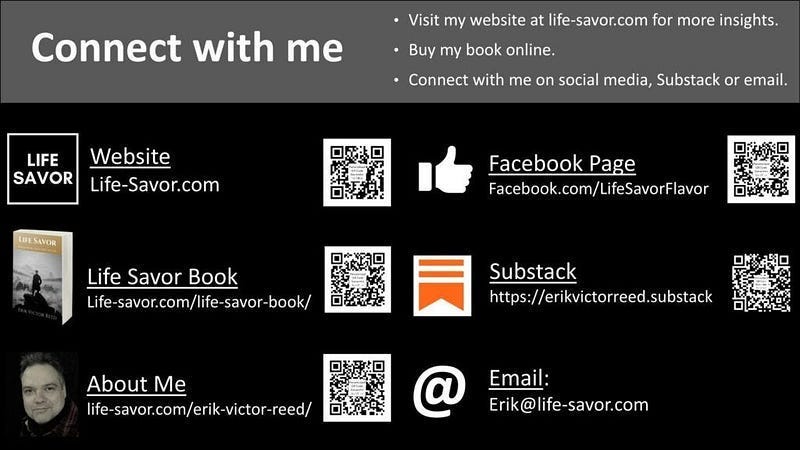How subtle pressures can erode our independence
The Subtle Pull
When we think of conformity, we picture dramatic images: uniforms in lockstep, entire crowds marching in unison, dystopian visions of sameness. But in real life, conformity works more quietly. It shows up at the dinner table, in the workplace, in the endless scroll of social media.
The temptation isn’t always overt. It often comes wrapped in the language of care: Don’t you want to fit in? Don’t you want to be practical? Don’t you want to make your family proud? These are understandable desires — but if we’re not careful, they can turn into scripts we didn’t choose.
The Comfort of the Herd
Conformity appeals to something deep in us: the desire for safety. To walk with the herd feels secure. When everyone is moving in one direction, it’s tempting to go along, even if our heart whispers another way.
And conformity can be comforting — for a while. To nod when others nod, to dress how others dress, to choose the path already mapped. It spares us conflict. It saves us from questions. But it also dilutes us.
The longer we live in borrowed choices, the fainter our own voice becomes. Eventually, our voice risks being silenced altogether.
A Scene in the Breakroom
Picture an office breakroom where colleagues are gossiping. One person is being mocked for a mistake. Laughter fills the room. You feel uneasy, but the current is strong. To laugh along would be easy. To stay silent, or worse, to defend the absent colleague — that’s harder.
This is conformity at its most subtle: the everyday temptation to trade your compass for acceptance. It’s not a dictatorship forcing you. It’s the warm pull of belonging.
Independence asks more of us. It asks us to feel the pull and still stand steady.
The Hidden Costs
The problem with conformity is not that it always leads to disaster — it’s that it drains authenticity.
- It steers careers into safe but unloved paths.
- It nudges people into relationships that look good on paper but lack real connection.
- It fills social feeds with mimicry rather than originality.
The cost is cumulative: over time, a life lived mostly in response to others’ expectations. A life that looks respectable, but feels hollow.
Practices to Resist Conformity
Independence doesn’t require rejecting every social norm. It requires discernment — choosing consciously instead of automatically. A few practices help:
- Notice your unease. That twinge of discomfort when you go along with the crowd? Don’t ignore it. It’s your compass whispering.
- Experiment with small no’s. Decline politely, step back from the default, wear or say or do what feels more like you.
- Keep a record of your choices. Write down when you honored your voice — and when you didn’t. Patterns emerge, and with them, clarity.
- Find allies in authenticity. When you surround yourself with people who value honesty, conformity loses its grip.
These aren’t dramatic acts of rebellion. They’re small muscles that strengthen independence.
Mortality’s Reminder
Why resist conformity? Because life is short, and to spend it echoing others is a loss beyond repair. Mortality makes this clear: one day, the chance to live your life will be gone. If you’ve lived only to blend in, what remains?
Independence may bring friction. But it also brings pride — the quiet satisfaction of knowing that your choices were yours, your life was yours.
Closing Thought
Conformity is tempting because it promises ease. Independence is harder because it demands courage. But in the end, only one offers dignity.
To live independently is not to reject all norms. It is to live consciously, with a compass inside rather than a script outside.
And in the brief chance you have at life, that difference is everything.
For more like this, visit the broader project at life-savor.com, or explore the Life Savor book itself.
To learn more about Life Savor’s philosophy,
read Life Savor: Treasuring Our Gift of Life by Erik Victor Reed.








